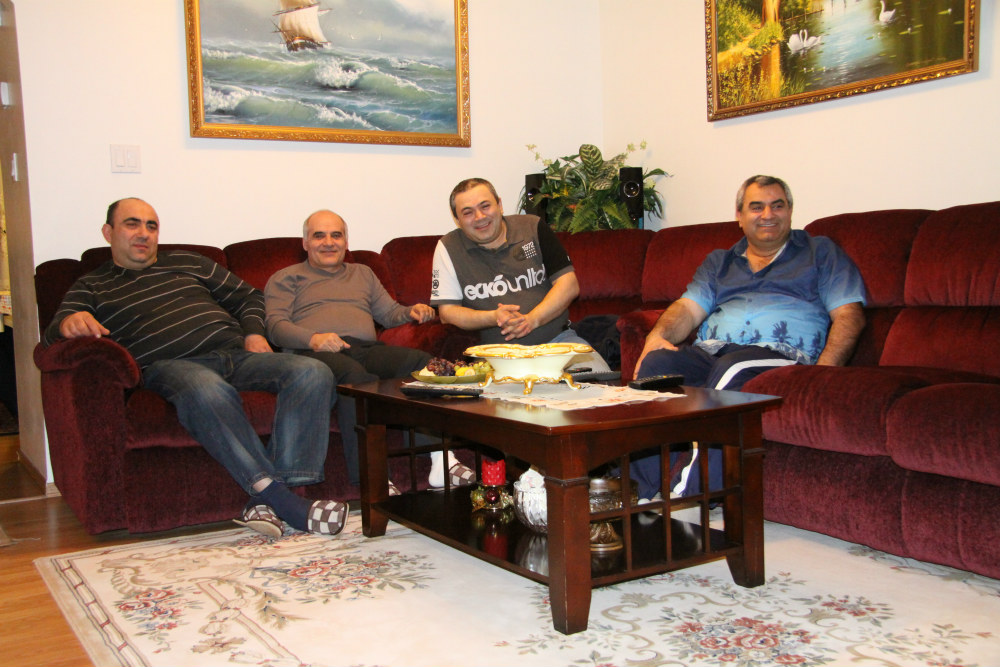Arctic Armenians

Tuesday, March 13
Yellowknife, 62° 27′ 0″ N / 114° 21′ 0″ W, the capital of Canada’s Northwest Territories, is not a place one would expect to have a shot of Armenian mulberry vodka over a delicious homemade Armenian dinner.
But that’s exactly what I had on Sunday. And my hosts, Matevos and Rouzanna Harutunyans, also introduced me to a new way of drinking our world famous brandy – at least we, Armenians, think it’s world famous – with slices of peaches to bring out the flavour. I had to come to Yellowknife to find that out!
They came here from Armenia almost 10 years ago. Matevos is a master diamond cutter and polisher. He and about 50 other Armenian diamond cutters were brought to Yellowknife to work at the newly opened diamond cutting factories.
Today, as the hopes of an Arctic Canadian diamond cutting industry have mostly turned to dust, only about 20 Armenian diamond cutters and their families remain in Yellowknife, about 50 souls in all. Not a single one works in the diamond industry anymore.
They’ve all found other jobs but remain fiercely proud of their craftsmanship, as they should be. Everyone I’ve talked to says these Armenian diamond cutters were world class craftsmen.
So what happened? How come these world class diamond cutters are driving taxis, working odd construction jobs or have gone into other trades when Canada is still the world’s third largest producer of raw diamonds?
That’s one of the stories I’m working on here and I’m hoping to get the answers for.


